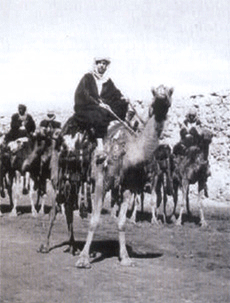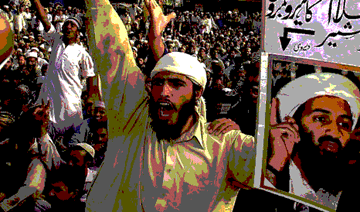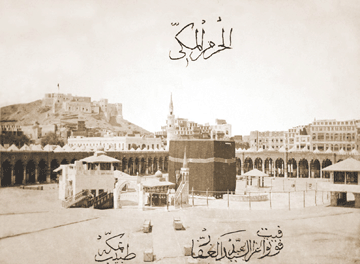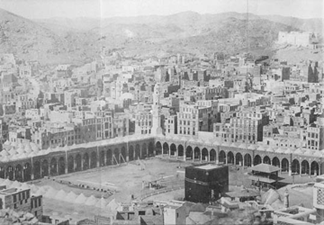
by Robin Bidwell
Philby’s grave in Beirut bears the inscription ‘Greatest of Arabian explorers’ and, in very many ways, this claim by his son is justified. None of the writers that we have discussed saw so much of the Peninsula, visited as he did practically every corner of it nor traversed it so many times in so many different ways. None of them spent more than twenty months in Arabia: Philby was there for most of forty years.
Harry St John Bridger Philby (generally called Jack or Shaikh Abdullah) was born in Ceylon in 1885 and used cheerfully to suggest that he was not really himself but a local baby mistakenly picked up by a careless nurse. After a very successful career at Westminster and Trinity College, Cambridge, he joined the Indian Civil Service and arrived in Bombay in December 1908. When, some two years later, he married, his best man was his cousin, the future Field-Marshal Montgomery. Philby acquired the reputation of being a difficult colleague—indeed he claimed to have been the first Socialist in the Service—but he made his mark as an exceptional linguist and a first-class administrator. Continue reading Philby of Arabia




